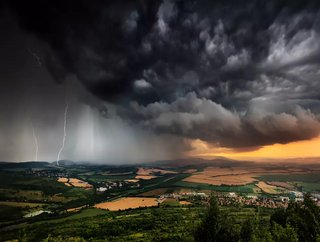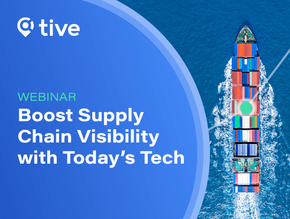McKinsey: Will Climate Change Affect Your Supply Chain?

The verdict is out. According to McKinsey & Co, as climate change worsens, the world will face more frequent and severe extreme weather events—hurricanes, tsunamis, and floods. Inevitably, these will interrupt production, increase sourcing costs, and cut into corporate revenue. We’ve already realised how fragile the global supply chain is post-COVID. Unfortunately, climate change will make it worse.
As Matthew Rozsa states in Salon: ‘It will become increasingly difficult to anticipate the number of new variables this will throw into orderly supply chain management—other than accepting that particularly intricate supply chains are almost certainly going to start coming apart’.
Extreme Weather and the Supply Chain
To delve into how this will play out, we’ll use an example: a hurricane in the midst of a semiconductor supply chain. We know that semiconductors—essential for computers, aeroplanes, and medical equipment—depend on rare earth metals. In addition, most rare earth metals are concentrated in China, a region that’s set to face intense weather events in the near future. And as McKinsey points out, the probability of a hurricane of sufficient intensity to disrupt semiconductor supply chains may double or quadruple by 2040.
How would a hurricane disrupt the supply chain? First, it’ll damage critical infrastructure such as roads and power. Second, it could cause direct damage to manufacturing assets, such as buildings, specialised equipment, and transport. Third, it will spike market prices of labour, energy, and logistics. The combination of these factors usually choke cash flow and cause, if not a heart attack, at least a huge headache.
How Can You Mitigate Risk?
Rozsa points out that the best solution would be for governments to take serious steps to reduce climate change. But that’s not likely set to happen—at least, not at the rate we need it. Therefore, companies will have to revise their operations on their own. For example, Toyota used to rely almost entirely on a lean manufacturing model, sourcing critical parts at the last minute. This is a model that no longer works.
Now, explains Dr. Christopher K. Ober, Professor of Materials Engineering at Cornell, we must build buffers into our systems. Adds McKinsey: ‘The supply chains and the infrastructure that supports them are designed for a stable climate’. In other words, climate change will trigger rapid swings in supply and demand. Whether we shorten supply chains, source from domestic firms, or store greater inventory, we need to be able to adjust in an instant.
Arguably, we may need to invest in adaptation measures at the cost of efficiency. The first steps? Conducting risk diagnostics; protecting manufacturing assets; redesigning operations to increase safety stock. Expanding our supplier networks. And taking climate change into account—in the C-suite, on the factory floor, and beyond.






